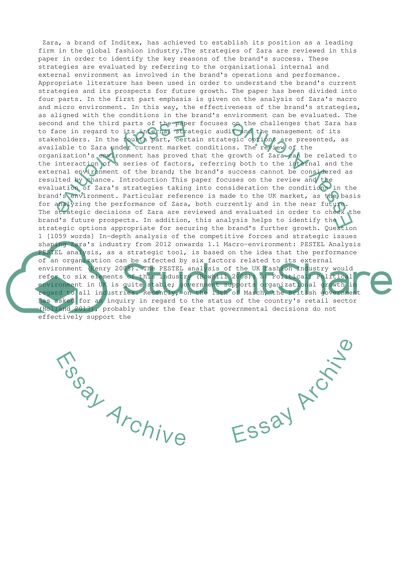Cite this document
(“Zara - strategic review report for the CEO Essay”, n.d.)
Zara - strategic review report for the CEO Essay. Retrieved from https://studentshare.org/business/1475339-you-are-a-senior-analyst-for-zara-industry-and-you
Zara - strategic review report for the CEO Essay. Retrieved from https://studentshare.org/business/1475339-you-are-a-senior-analyst-for-zara-industry-and-you
(Zara - Strategic Review Report for the CEO Essay)
Zara - Strategic Review Report for the CEO Essay. https://studentshare.org/business/1475339-you-are-a-senior-analyst-for-zara-industry-and-you.
Zara - Strategic Review Report for the CEO Essay. https://studentshare.org/business/1475339-you-are-a-senior-analyst-for-zara-industry-and-you.
“Zara - Strategic Review Report for the CEO Essay”, n.d. https://studentshare.org/business/1475339-you-are-a-senior-analyst-for-zara-industry-and-you.


